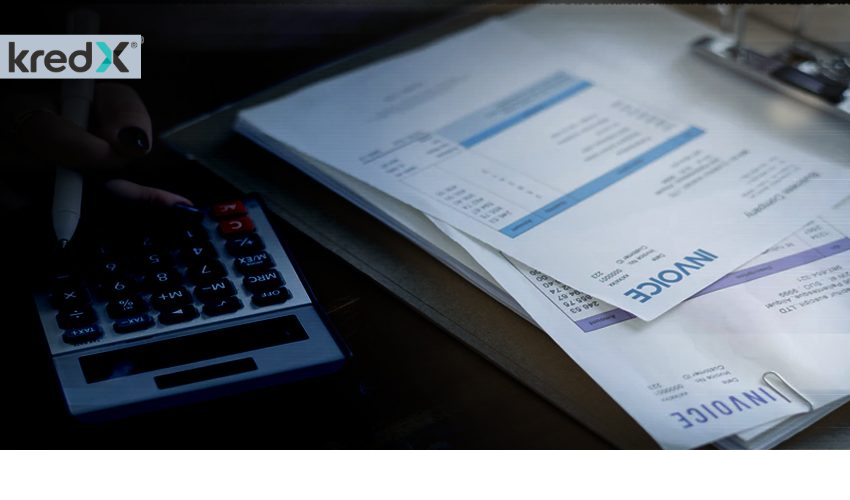
Common Risks Associated With Discounting Your Invoices
Whether you are a small or medium-sized business or a startup, lack of cash flow management is a major bottleneck in the growth of the company. If you don’t have enough money to survive the invoicing period, what would you do? You could have five clients to work with but no resources to make the deal.
Let’s understand this with an example:
Your company has just delivered a big project and you have raised the invoice. The client agreed to pay the dues in 40 days. However, meanwhile, you have pitched another big client and he/she wants to start immediately. How will you arrange the money required to kick-start this project?
That is where discounting invoices come in.
What Is Invoice-Based Financing?
Invoice-based financing is acquiring money from investors by keeping uncollected invoices of your business. For instance, you have INR 1,00,000 worth of unpaid invoices and you keep these with a lender and they will give you a 75-90% amount in advance. The rest will be cleared once your invoice payments are received. Of course, since this is a service by the lender to you, they will charge you for it.
Invoice-based financing is carried out in two ways:
1. Invoice Factoring
This is done through an invoice-factoring firm and this firm will collect the invoices on which you have acquired money. Invoice factoring may decrease your market value, as your customer will know that you are acquiring money on loan. This may make you seem as less reliable. But, it will definitely reduce the burden on small businesses.
2. Invoice Discounting
Invoice discounting is acquiring money from a bill discounting company such as KredX. You will have to send across each invoice to this firm for proof. A mutually agreed percentage will be decided, which will be dispatched to your company account directly after each invoice. You will be collecting the money dues on invoices.
KredX is a reliable platform that offers invoice discounting services by connecting investors and businesses. You only have to sign-up on the platform to raise working capital within 1-3 days. You can keep the invoices raised by your firm instead of any collateral. Moreover, everything is completely paperless, hence, reduced hassle.
Common Risks Of Discounting Invoices:
1. Personal Guarantee
There is no collateral involved in discounting invoices, which means that the lender with ask for a personal guarantee. If your invoices get delayed or the client’s firm gets insolvent, there can be serious legal consequences.
2. High Charges
Discounting invoices may cost you too much if you don’t check the guidelines and agreement thoroughly or choose the right service provider. You can end up in a whirlwind of debt instead.
3. Dispute With Client
You can have a dispute with the client during the invoicing period and they may refuse to pay the dues. This will trap you in a situation where you would have already acquired the money from the lender but the client is denying you the fees.
Mitigate These Risks With A Trustworthy Platform:
Most of the above challenges can be mitigated easily by selecting the right platform for discounting invoices like KredX. Simply analyse the agreement and choose a reliable lender to keep the cash flow of your business healthy.



